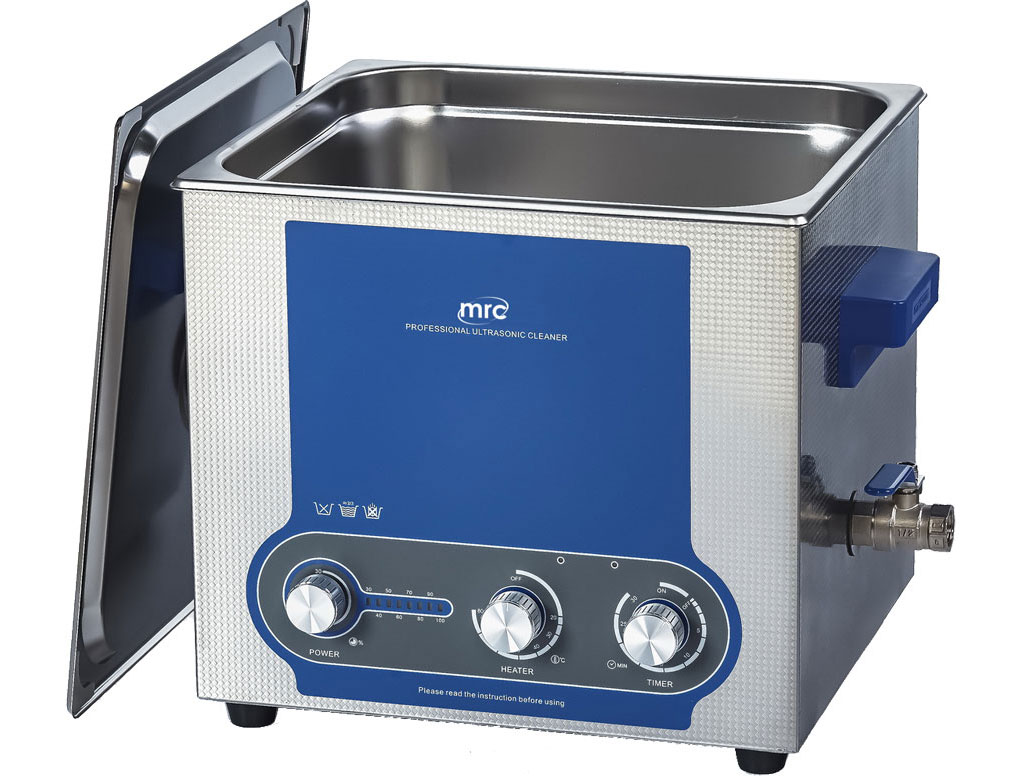Rings are more than just accessories—they’re often symbols of love, commitment, and memories. Keeping them clean ensures they sparkle like new and remain free from grime that could damage their precious metals and gemstones
How Ultrasonic Cleaners Work
Ultrasonic cleaners use high-frequency sound waves to create tiny bubbles in a cleaning solution. These bubbles gently scrub away dirt, oil, and debris from every nook and cranny of your rings, including those hard-to-reach areas.
Benefits
Ultrasonic cleaners are efficient, safe, and capable of restoring your rings' brilliance without risking damage. They are particularly useful for intricate designs where manual cleaning might miss spots.
Preparing Your Rings for Cleaning
Checking for Compatibility
Before using an ultrasonic cleaner, ensure your rings are suitable for this method. Most metals like gold, platinum, and stainless steel are safe, but avoid cleaning porous stones like opals and pearls.
Pre-Cleaning Steps
Inspect your rings for loose stones or damage. Remove visible dirt by gently wiping with a soft cloth. This step ensures effective cleaning in the ultrasonic bath.
Setting Up the Ultrasonic Cleaner
Choosing the Right Cleaning Solution
Opt for a solution specifically designed for jewelry cleaning. If unavailable, a mixture of mild dish soap and warm water works well. Avoid harsh chemicals like bleach.
Filling the Ultrasonic Cleaner
Fill the device with water, leaving enough space to add your cleaning solution. Follow the manufacturer’s instructions for the appropriate levels.

Cleaning Your Rings
Placing Your Rings in the Cleaner
Place your rings in the designated basket or tray to avoid direct contact with the tank. This protects both your jewelry and the device.
Adjusting the Settings
Set the timer and frequency as per the cleaner’s guidelines. Typically, 3-5 minutes is sufficient for most rings.
Starting the Cleaning Process
Once the device is turned on, you’ll notice gentle vibrations and bubbles forming. These indicate the cleaning process is underway.
Post-Cleaning Process
Rinsing Your Rings
After cleaning, rinse your rings with clean water to remove any remaining solution.
Drying and Inspecting
Use a soft, lint-free cloth to dry your rings thoroughly. Inspect them to ensure every detail sparkles.
Maintenance and Care Tips
Frequency of Cleaning
To maintain their shine, clean your rings every 1-2 months, or as needed depending on use.
Storing Your Jewelry Properly
Store your rings in a dry, lined jewelry box to prevent tarnish and scratches.
Mistakes You Should Avoid
Overloading the Cleaner
Cleaning multiple items at once can reduce effectiveness. Clean only a few rings at a time.
Using the Wrong Solution
Avoid abrasive or acidic solutions, which can damage your jewelry.
Ignoring Manufacturer Instructions
Always read and follow the user manual for your ultrasonic cleaner.
Benefits of Regular Cleaning
Enhancing Appearance
Regular ultrasonic cleaning ensures your rings shine like new.
Extending the Life of Your Jewelry
Proper care prevents dirt and grime from causing long-term damage.
which temperature for Ultrasonic Cleaner for Rings
The recommended temperature for using an ultrasonic cleaner for rings depends on the material of the rings and the type of contaminants you want to remove. Here are some general guidelines:
Ideal Temperature Range:
- 30°C to 50°C (86°F to 122°F): Most ultrasonic cleaners operate effectively in this range for cleaning rings without damaging them.
Factors to Consider:
- Type of Material:
- Gold, Silver, Platinum: Typically safe within the 30–50°C range.
- Gemstones:
- Hard gems (e.g., diamonds, rubies, sapphires): Usually safe.
- Soft or porous gems (e.g., opals, pearls, emeralds): Avoid ultrasonic cleaning altogether as they can crack or get damaged. Use a lower temperature if cleaning is absolutely necessary, and consult a jeweler.
- Type of Contaminants:
- Light Dirt/Oils: Lower temperatures (around 30–40°C) are sufficient.
- Stubborn Contaminants (e.g., grease): Higher temperatures (around 40–50°C) may help loosen them.
Precautions:
- Check Manufacturer Guidelines: Some rings or gemstones may have specific cleaning recommendations.
- Monitor Temperature: Avoid exceeding 50°C as excessive heat may loosen adhesives in jewelry settings or damage sensitive materials.
- Use Proper Cleaning Solutions: Use a solution specifically designed for ultrasonic cleaning of jewelry to protect your rings.